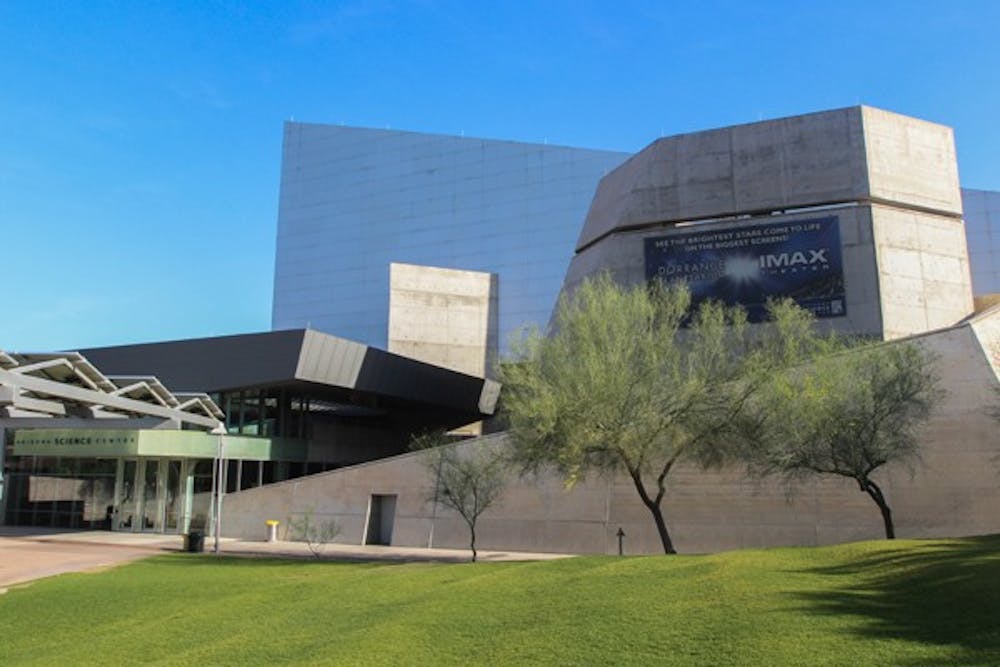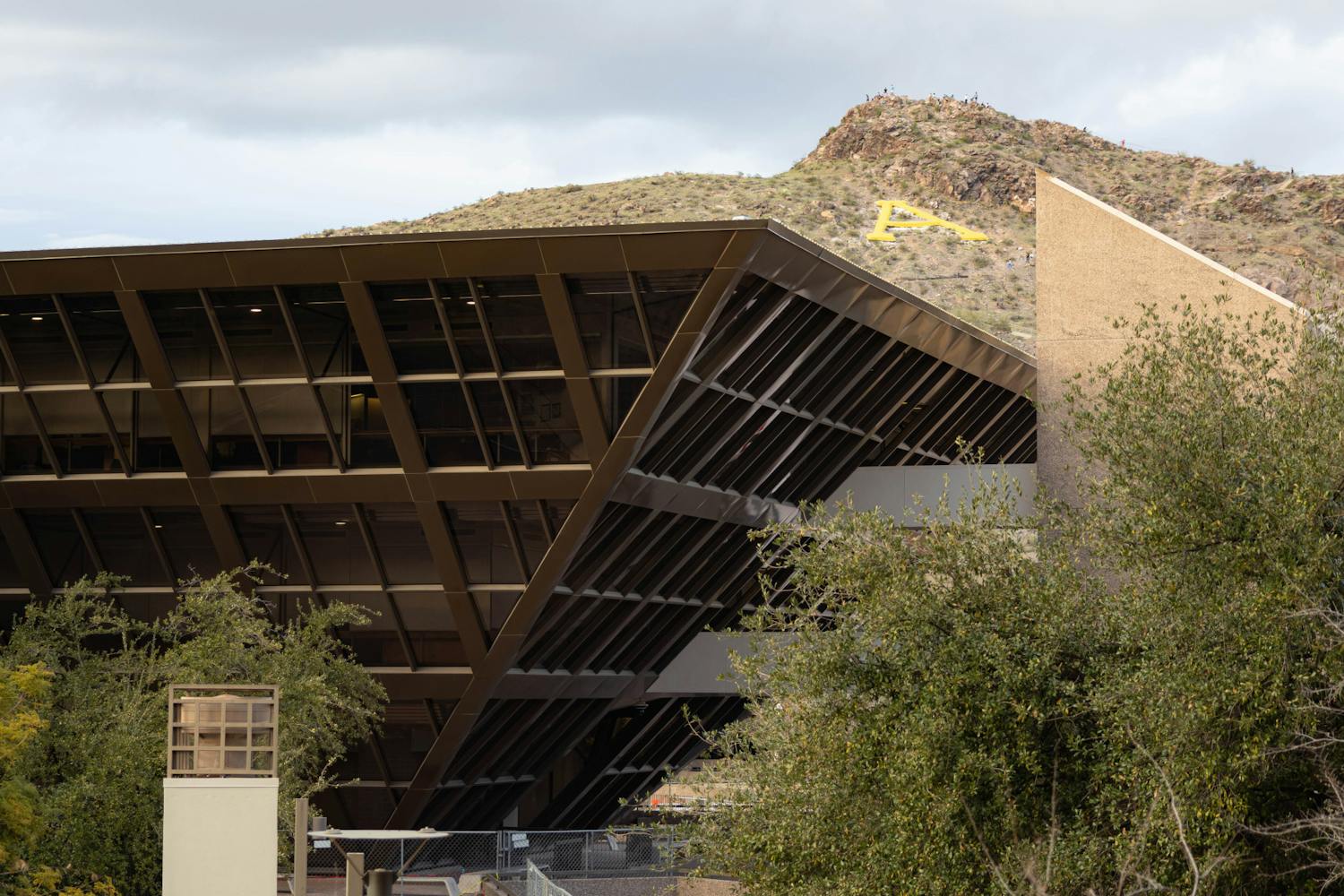 ASU and the Arizona Science Center (pictured) were awarded $30,000 to further their partnership to advance STEM in k-12 schools. This money will also go to help aid writing workshops in the valley. (Photo by Dominic Valente)
ASU and the Arizona Science Center (pictured) were awarded $30,000 to further their partnership to advance STEM in k-12 schools. This money will also go to help aid writing workshops in the valley. (Photo by Dominic Valente)ASU and the Arizona Science Center will carry out science and literacy workshops funded by a $30,000 grant in fall 2013.
The joint grant is funded by the National Writing Project and the National Science Foundation’s Science and Technology Centers and was awarded to the Central Arizona Writing Project at ASU and the Arizona Science Center to design training workshops for the science center’s staff.
The Central Arizona Writing Project is part of the Department of English and is a site of the National Writing Project.
Central Arizona Writing Project Director Jessica Early said the partnership is in its early stages but that one of its main goals is to increase access to science literacy.
Early defined science literacy as a broad term that encompasses the understanding of scientific concepts and the ability to communicate these concepts and processes to a wider, non-scientific audience through reading and writing.
She said this goal will be met by creating training workshops for staff at the Arizona Science Center to better relate what is going on at the center to its more than 500,000 annual visitors, 140,000 of which are school-aged children.
Early said she and the project’s co-director, ChristinaSaidy-Hannah, will also increase science literacy by working with the center’s staff to improve the blog featured on their website, which outlines what is happening at the center.
The project will have kindergarten through university teachers who are knowledgeable in teaching science writing, collaborate with one another to improve their skills and their abilities to teach these skills to students, Early said.
She said this team of five teachers will work with the center’s staff in the public writing and literacy workshop and throughout the partnership.
“We want to see how formal educators can help informal educators teach science,” Early said.
Saidy-Hannah said they will work to create a curriculum that can be used even after the partnership has finished.
“We want to create a program that can be set as an example and be shared with other science centers,” she said.
Early said although improving the blog will be one of the first workshops, they will not know what other types of workshops to include in the program until the science center’s needs are assessed.
She said the team will formally meet with the Arizona Science Center for the first time next week and then they will meet again in Denver for a conference in June to create a plan for the partnership.
The Central Arizona Writing Project at ASU and the Arizona Science Center were one of five partnerships to receive the joint grant after applying in February. The grant can be renewed for up to $60,000.
Kathryn Scheckel, assistant director of the Office of Knowledge Enterprise Development, said this partnership falls under the umbrella of the overall Arizona Science Center and ASU partnership that officially launched in October.
She said the partnership hosted a video game workshop for kids in March and created an exhibit housed in the lobby of the center that explains University science initiatives.
Scheckel said the partnership will bring research at ASU into public domain and promote science, technology, engineering and mathematics education.
“We want to bring real-time research to the community,” she said. “We want to inspire, educate and build the next generation of scientists.”
Reach the reporter at ppineda@asu.edu or follow her on Twitter @paulinapineda22




